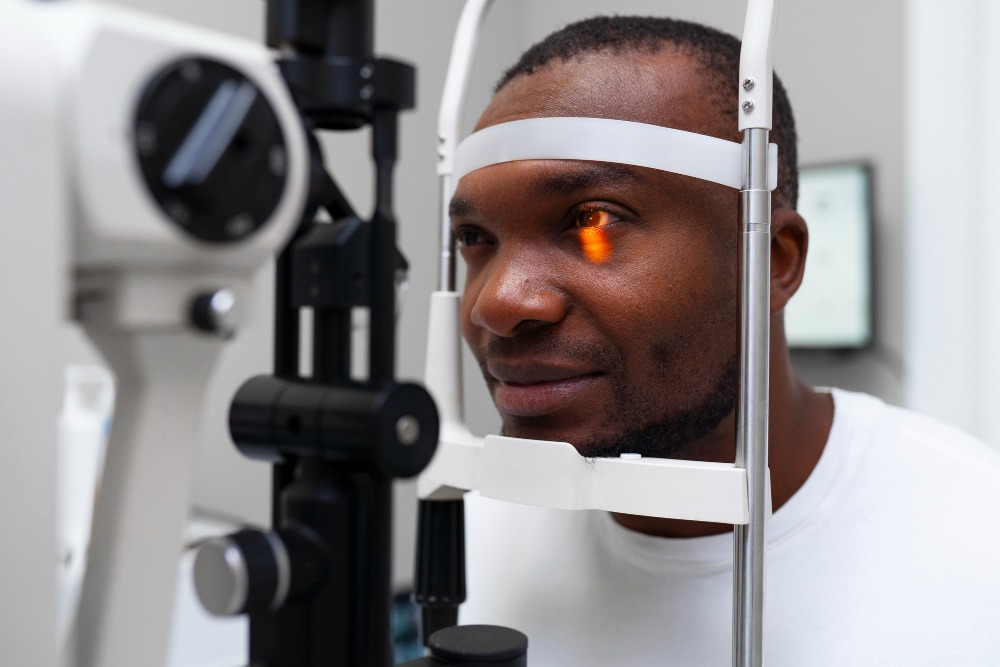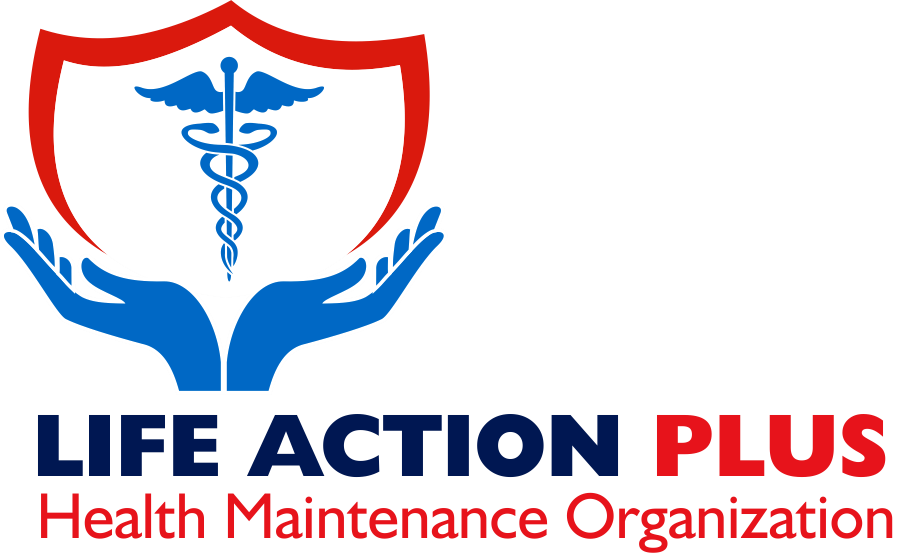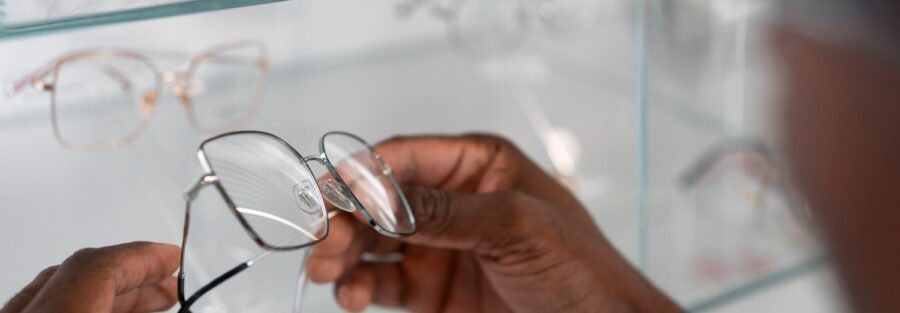Eye symptoms are prevalent. The good news is that most of them don’t have anything to worry about and settle down on their own. But it is important to know what symptoms you should look out for because some symptoms are warning signs of a condition that could be eyesight-threatening if you don’t get them treated.
One of the most common eye problems is conjunctivitis, otherwise, known as pink eye. As the name implies, it makes the eye pink. It’s the white of your eye that becomes pink and possibly sore.
A stye is an infection of usually a hair follicle on the upper or the lower lid. You can decide to see a pharmacist for this, but in most cases, no treatment is needed.
A chalazion is another inflammation of the eyelid but it’s not an infection. It is a cyst inside a gland called the meibomian gland. Again, with all three, you’ll get swelling of the eyelid in some cases, not always in conjunctivitis but your eye itself is not affected.

A bleed just underneath your conjunctiva, that’s the surface of the white of your eye, is called a subconjunctival hemorrhage. It looks impressive, it’s bright red but it’s completely painless. It happens suddenly and although it looks impressive, it usually settles on its own and is nothing of concern unless you’ve had any trauma in which case you must get it checked out.
Now a gradual reduction in vision can be for all sorts of reasons including I’m afraid, getting older and things like cataracts. So, it is important to see your optician about this. Some other things that might require urgent help include Flashes and floaters (things floating across your visual field) They could be early symptoms of retinal detachment and must be checked out urgently.
Acute pain in your eye rather than your eyelid and a red rather than pink eye, especially if you’ve got blurring of your vision or halos around your eyesight or any reduction in the ability to see are medical emergencies that must be checked out.
Also, a sudden veil coming down so you get a sudden loss of vision in one eye, or any sudden loss of vision is a medical emergency they must be checked out. Double vision isn’t quite such an emergency in other words not off you go on the spot, but it should be seen urgently.


